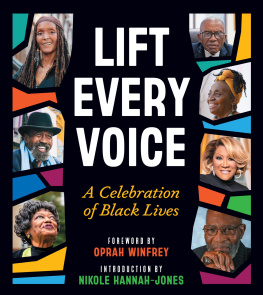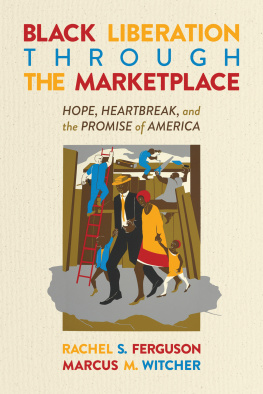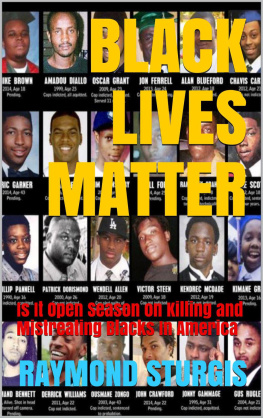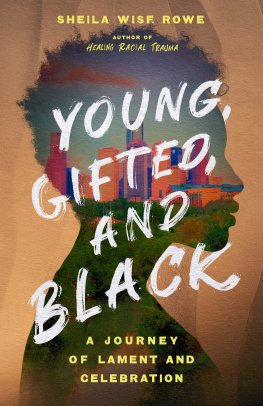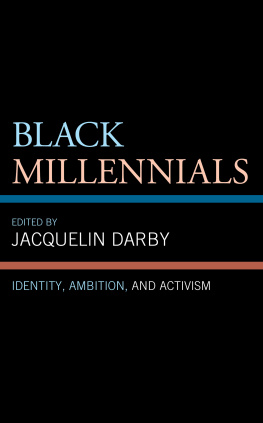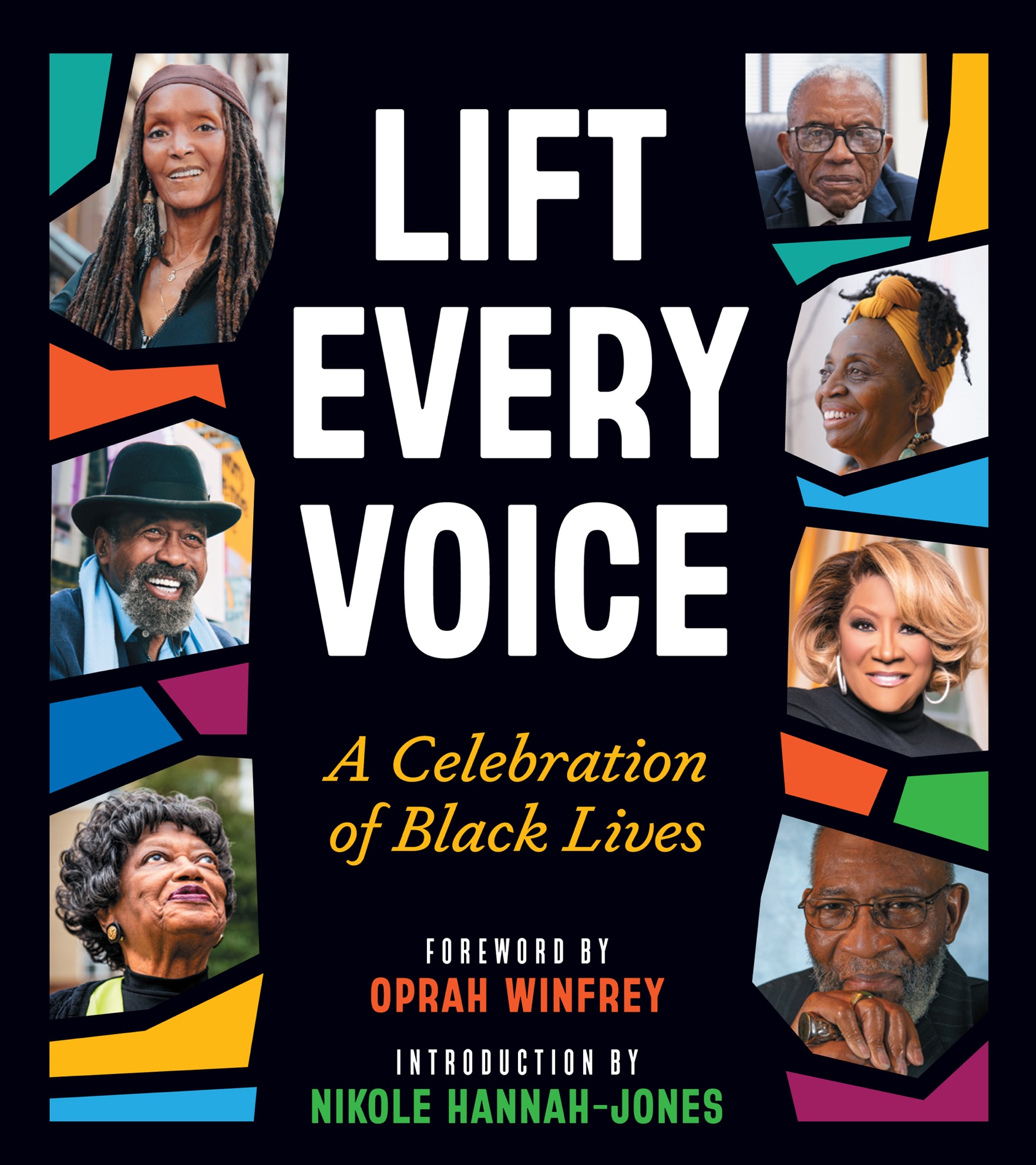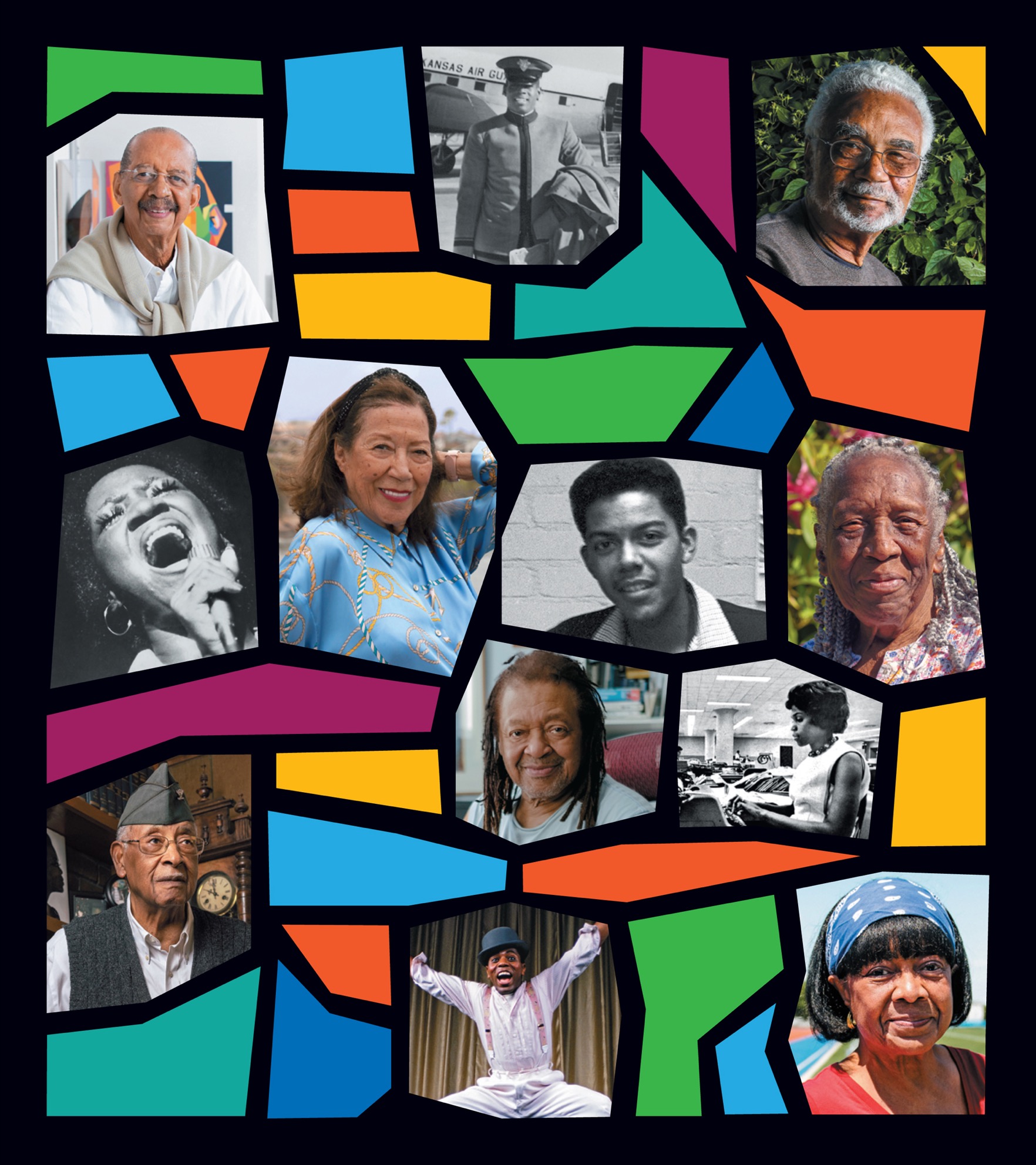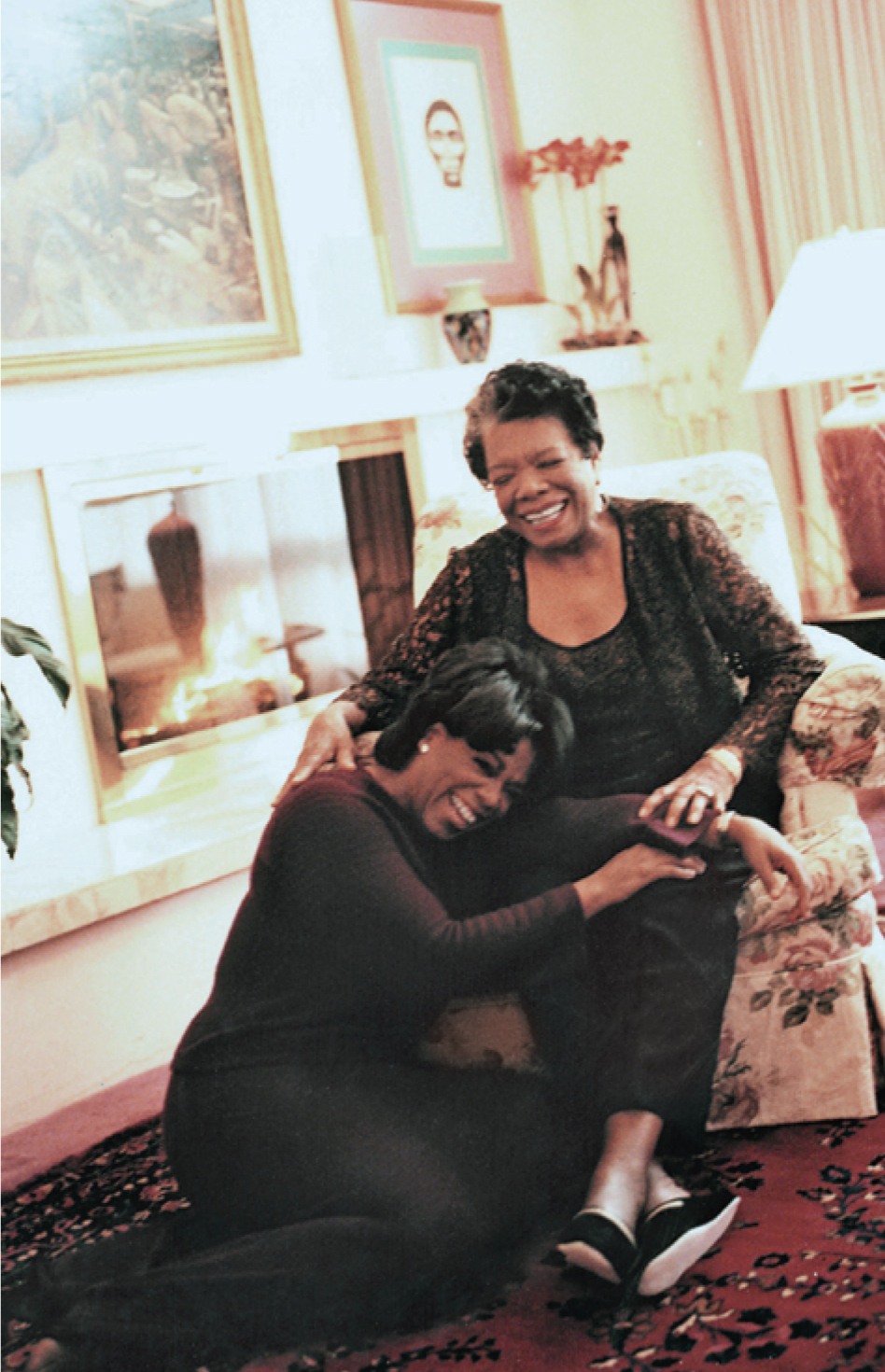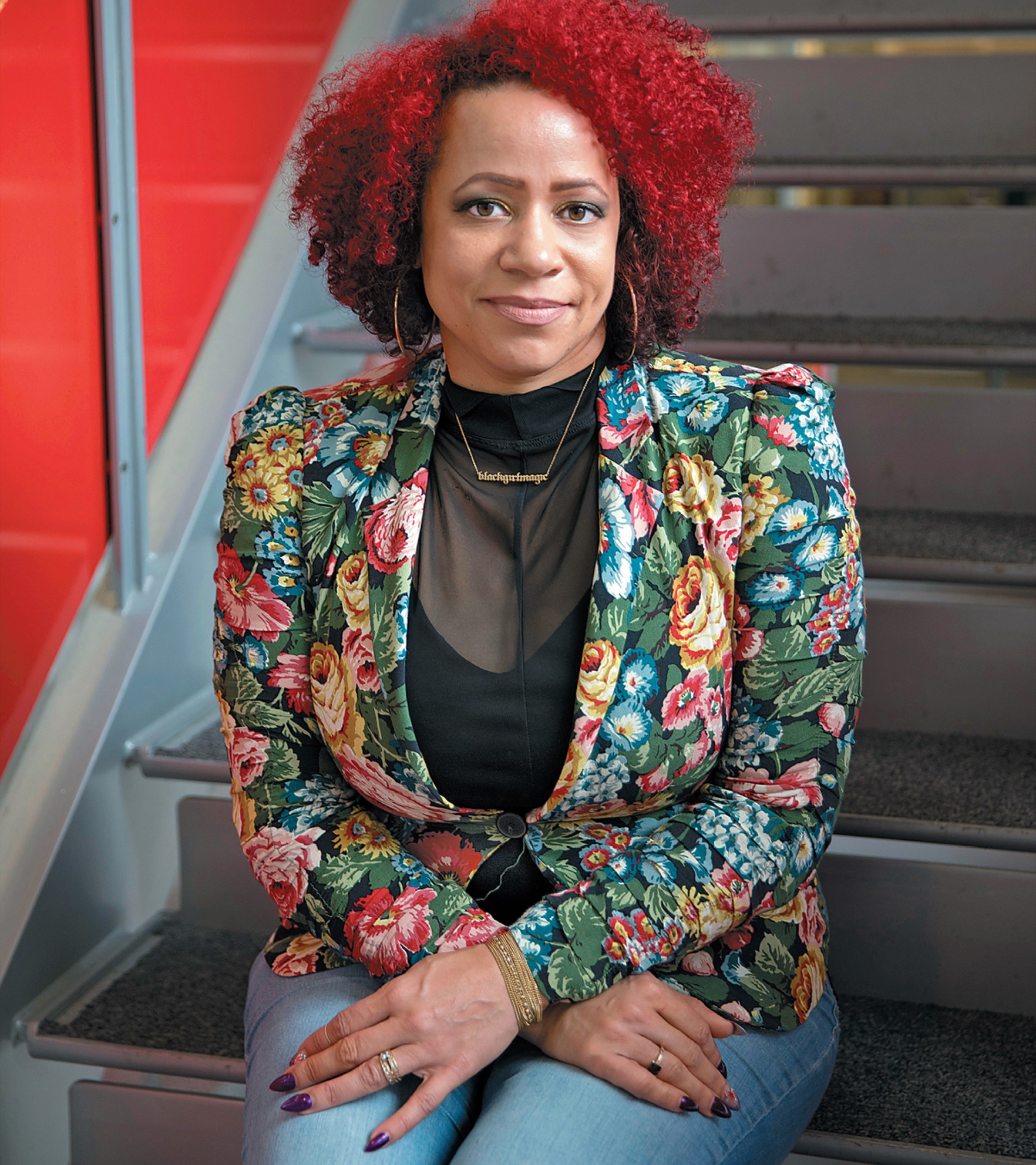Copyright 2022 by Hearst Magazine Media, Inc.
All rights reserved. All rights reserved. The written instructions in this volume are intended for the personal use of the reader and may be reproduced for that purpose only. Any other use, especially commercial use, is forbidden under law without the written permission of the copyright holder.
Cover and book design by Mike Nicholls
The text of this book was composed using three typefaces.
Halyard and Dapifer by Darden Studio, a firm that pursues typography that is the result of earnest inquiry, suited to contemporary technical and design expectations, and rooted in the values and practices of five centuries of typefounding. Bayard by Vocal Type Co., a diversity-driven font foundry started by Tr Seals in 2016. Each font reimagines a piece of history from a different underrepresented culturefrom the Civil Rights Movement in America, to the Womens Suffrage Movement in Argentina, and beyond.
Library of Congress Cataloging-in-Publication Data Available on request
Published by Hearst Home, an imprint of Hearst Books/Hearst Communications, Inc.
Hearst Communications, Inc.
300 W 57th Street
New York, NY 10019
Hearst Home, the Hearst Home logo, and Hearst Books are registered trademarks of Hearst Communications, Inc.
For information about custom editions, special sales, premium and corporate purchases: hearst.com/magazines/hearst-books
ISBN9781950785810
Ebook ISBN9781950785612
a_prh_6.0_139754570_c0_r0
CONTENTS
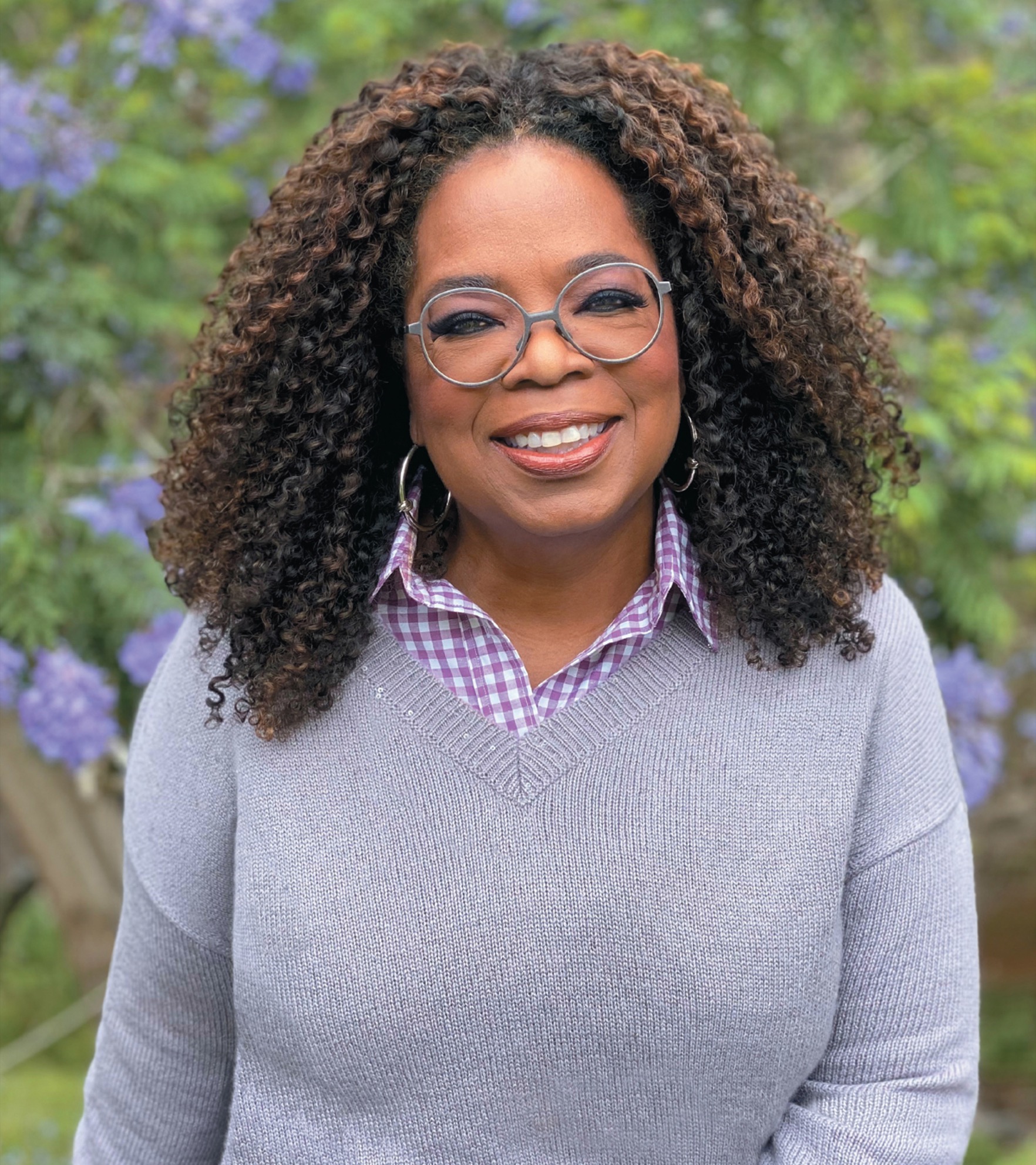
Foreword
OPRAH WINFREY
When I was in my 20s, I was blessed to meet the woman I would end up calling my mentor and my mother-sister-friend, Dr. Maya Angelou. I have to tell you all, I loved literally sitting at her feet in my pajamas listening to her share stories of the past. We often talked about the need to know where weve come from in order to continue to build on where we need to go. You know nothing about your life if you dont know your history, she would say to me.
When we first started talking about Lift Every Voice, I could not help but think of my friend Maya and our many conversations. Named for the Black national anthem, Lift Every Voice and Sing, this project brings together nearly three dozen young reporters, many from historically Black colleges and universities, and two dozen talented Black photographers. Together they tell the stories of members of our oldest generation of Black Americans, so that we may document, learn from, and celebrate our elders life experiences.
Through more than 50 interviews, these young journalists have recorded the words and captured the images of civil rights pioneers, celebrities and non-celebrities, teachers and guidance counselors, artists and writers, doctors, coaches, homemakers, lawyers, and even a horticulturalist from across the countryremarkable women and men who, and God bless them, are now in their 70s or 80s or 90s, and even a couple centenarians. All are essential life stories that might have otherwise slipped into the white noise of history. This I know for sure: When we can lift every voice, we forge a deep and enduring connection to the past and carve a tunnel of hope to a brighter future for us all. Enjoy Lift Every Voice.
Introduction
NIKOLE HANNAH-JONES
As a student of history and a journalist who writes about racial injustice, I have long been fascinated by the bridge generationthose Black Americans who were born into a nation of strict legal and social apartheid and then forced that horrific architecture to fall. These are people whose lives have spanned two starkly different Americas, whose struggles and fierce assertions of humanity brought about a country that none of them could have imagined when they were born.
It is a quintessential American inclination when it comes to the history of segregation and racism to pretend our society today resides far from this past. In our mind, we mark this period with grainy black-and-white imagery that gives us, individually and as a society, a false and comforting sense of distance. But this bridge generation makes up the last generation who knew people personally who had been enslaved in this country, and this generation is the generation immediately behind me.
That is why these days, as I reach the middle stage of my own life, where the end is quite likely closer than the beginning, I find myself thinking about, perhaps obsessing over, the passing of this generation. What will it mean when the last of those Americans who brought about our third founding, who fought to secure for everyone the inalienable rights set down by the white men who did not intend for those rights to include all men (and women), have left us? What fundamental understanding of our nationboth its magnificence and its horrorswill pass away along with them? What, I agonize over, will be collectively lost?
That is why this book in this moment feels essential. It serves, much like my own work, as both testament and testimony. The stories of our fellow Americans contained in these pages echo the work of the Federal Writers Project, which dispatched interviewers across the South to collect the narratives of the formerly enslaved, preserving invaluable stories and insights that might otherwise be lost to history and without which we could not fully understand our society today.
And in our community tradition of elders passing on knowledge and wisdom to the next generations through the word, Lift EveryVoice tasked the collective descendants of these elders with gathering the narratives of the last U.S. generation born into apartheid, to set them in amber so that their experiences and the lessons they hold will remain with us even when this generation is gone.
What is so remarkable here, and what makes these stories extraordinary, is that they showcase the struggle and determination of Black Americans to simply be able to do ordinary things and be treated in ordinary ways. These pages hold the recollections of the foot soldiers, the barrier breakers, the firsts, the lasts, those who were born into a country that still believed it had the right to discriminate against the descendants of American slavery in every aspect of life, and yet were to determined to fight and live in their full humanity.

